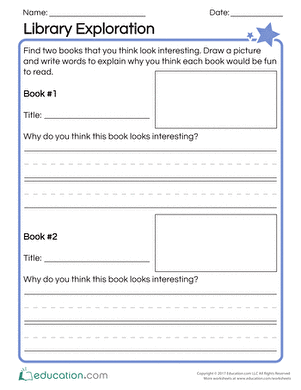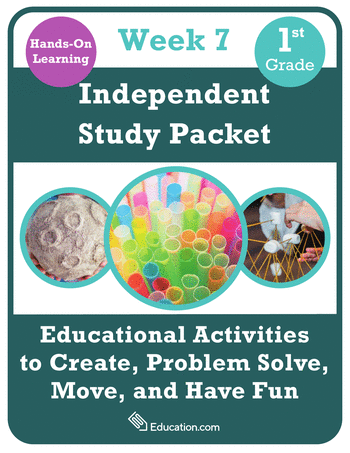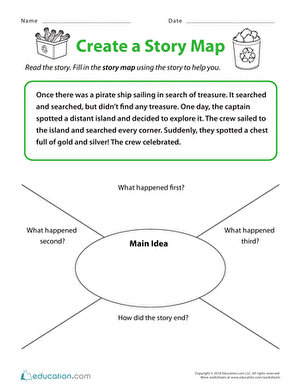Activity
Inspire Simple STEAM Exploration
Children have a naturally inquisitive mind. Foster their curiosity with a walk through an autumn field or park to answer age-old “why” questions. As you walk with your child, you can encourage them to ask questions and then try to answer them using a STEAM (science, technology, engineering, arts, mathematics) exploration model.
First, decide what you want to focus on for your child’s learning. Then, start investigating and collecting data that you can do further research on such as why leaves change color. Finally, conduct an experiment from the research you collected. The ideas are endless, and you can let your little learner lead you towards what’s most interesting to them.
No standards associated with this content.
Which set of standards are you looking for?
What You Need:
- Nature journal
- Coloring pencils
- Materials for chosen experiment
- Camera (optional)
What You Do:
-
Decide what you want to focus on for your child’s learning today. You may want your child to consider the changing seasons, the colors on leaves and why some change to yellow while others change to purple or red, or why tall trees don’t fall over in the wind. The ideas are endless, and you can let your little learner lead you towards what’s most interesting to them.
-
Take a walk with your child on an autumn day. Meander about and allow your child to pick up objects in nature, dig around, and roll around.
-
Depending on the topic you want to explore with your child (e.g., seasons, leaf color or temperature changes, etc.), ask your child to observe specific elements until they start asking questions.
-
Help your child choose a question to explore that focuses on what your child is wondering about during your walk. Ask questions like, “What do you wonder? What’s shocking or confusing? What do you want to know more about?”
-
Continue to observe the objects pertaining to the question and take some pictures. Encourage your child to write the question down and draw pictures in their notebook. Help younger learners with their writing and drawings as necessary.
-
Research the topic with your child with videos, online sources, and children’s picture books. You may want to do extra research on your own to guide your child’s research so you can use the correct vocabulary when discussing the topic.
-
Have your child predict the answer to the “why” question from step four. You can ask questions like, “How can we find out ______? What will happen if we try ______?”
-
Create or choose from your research a hands-on experiment that will test your child’s prediction. Conduct the experiment with your child.
-
Ask your child guiding questions throughout the experiment:
-
What do you see, hear, etc.?
-
What happened?
-
What is changing?
-
-
Have your child draw what they see throughout the experiment. Encourage them to describe the changes they see aloud as well.
-
Discuss the outcome of the experiment with your child. Ask questions like:
-
What were your predictions?
-
What happened?
-
What did you notice?
-
-
Encourage your child to draw conclusions based on the evidence they witnessed in the experiment. If their prediction was incorrect, it’s important to have your child verbalize the evidence and then create a new prediction based on the data they receive from their first experiment. They can then do the experiment again, with some adjustments. For their next experiment, they could make simple changes to the technique or materials to affect a new outcome.
When Thomas Edison was asked what it felt like to fail 1,000 times on his journey towards inventing the lightbulb, his response was, “I didn’t fail 1,000 times. The light bulb was an invention with 1,000 steps." It’s important for children to experiment and even fail a bit. This simple STEAM process can be used for many of the experiments your learner will imagine and help them embrace failure, since those failures can lead to amazing discoveries.
Related learning resources













